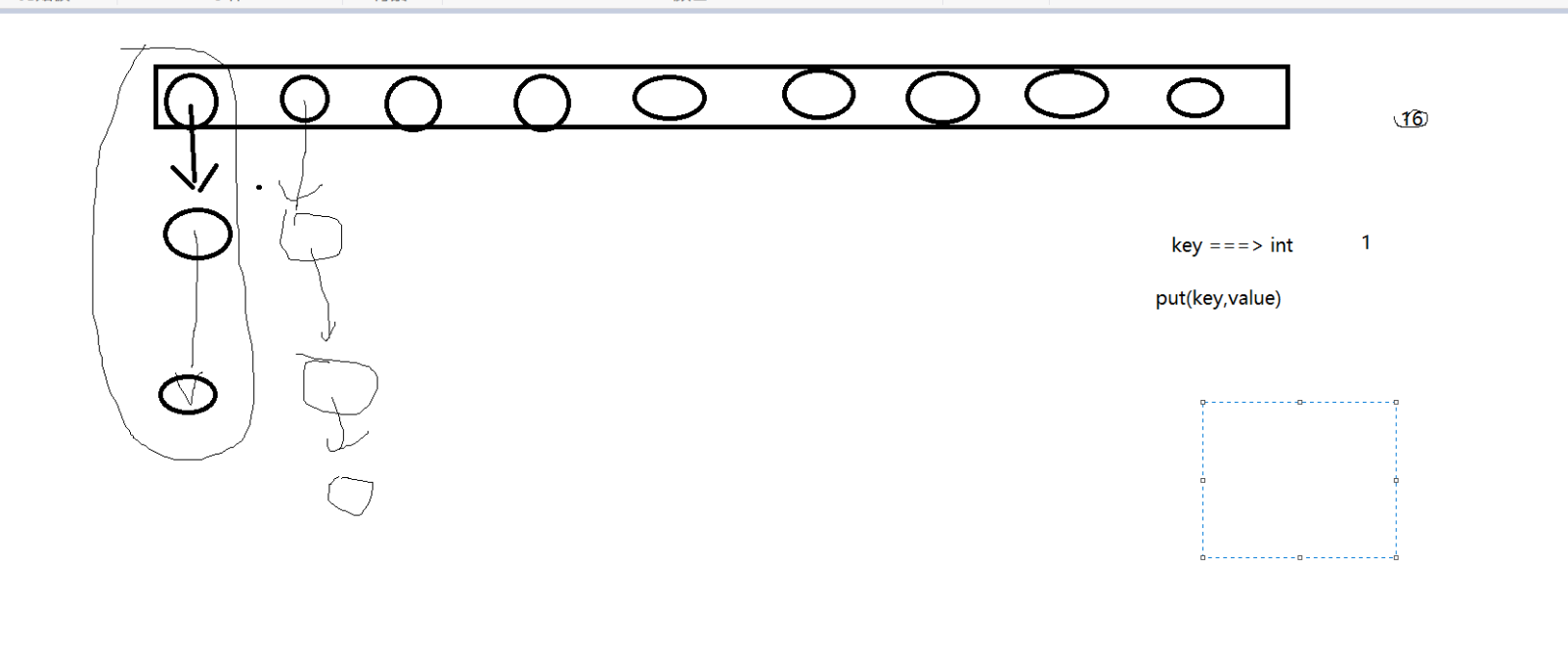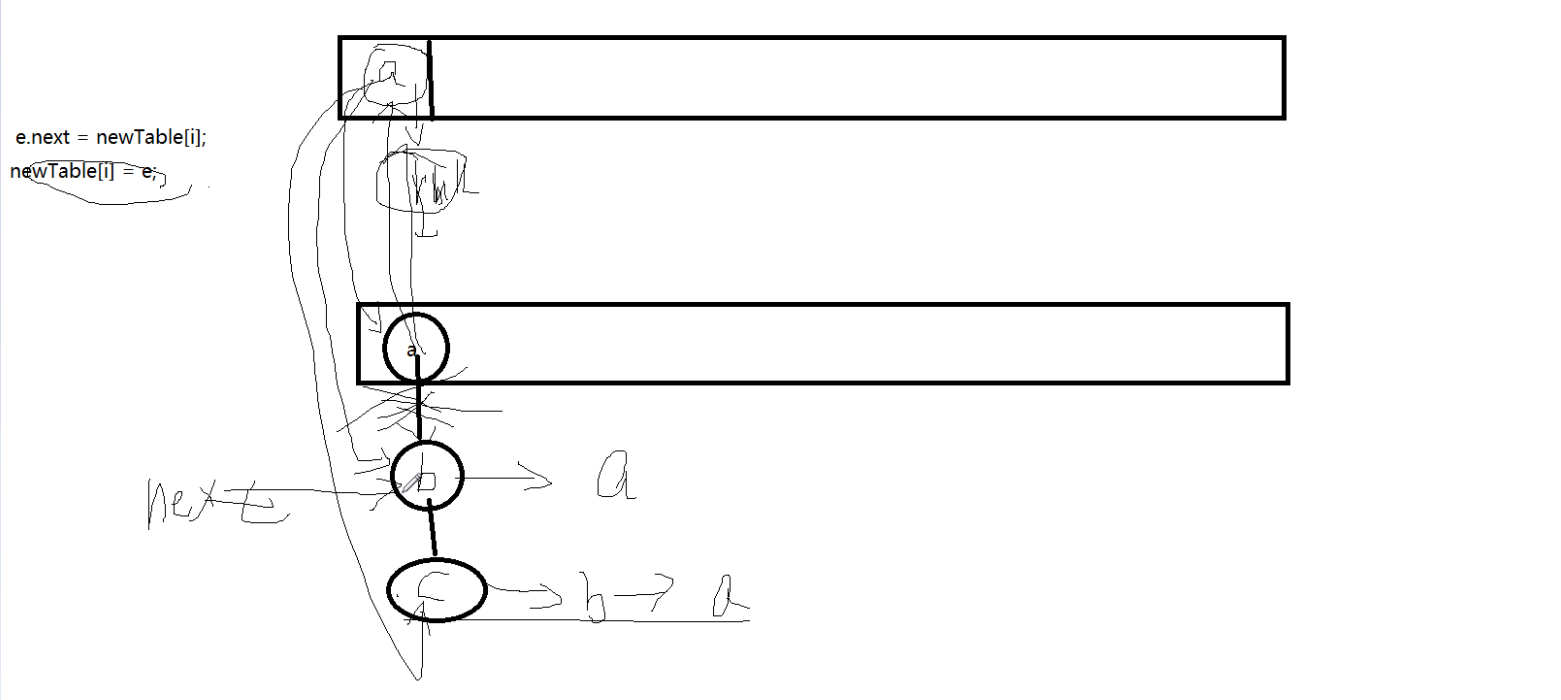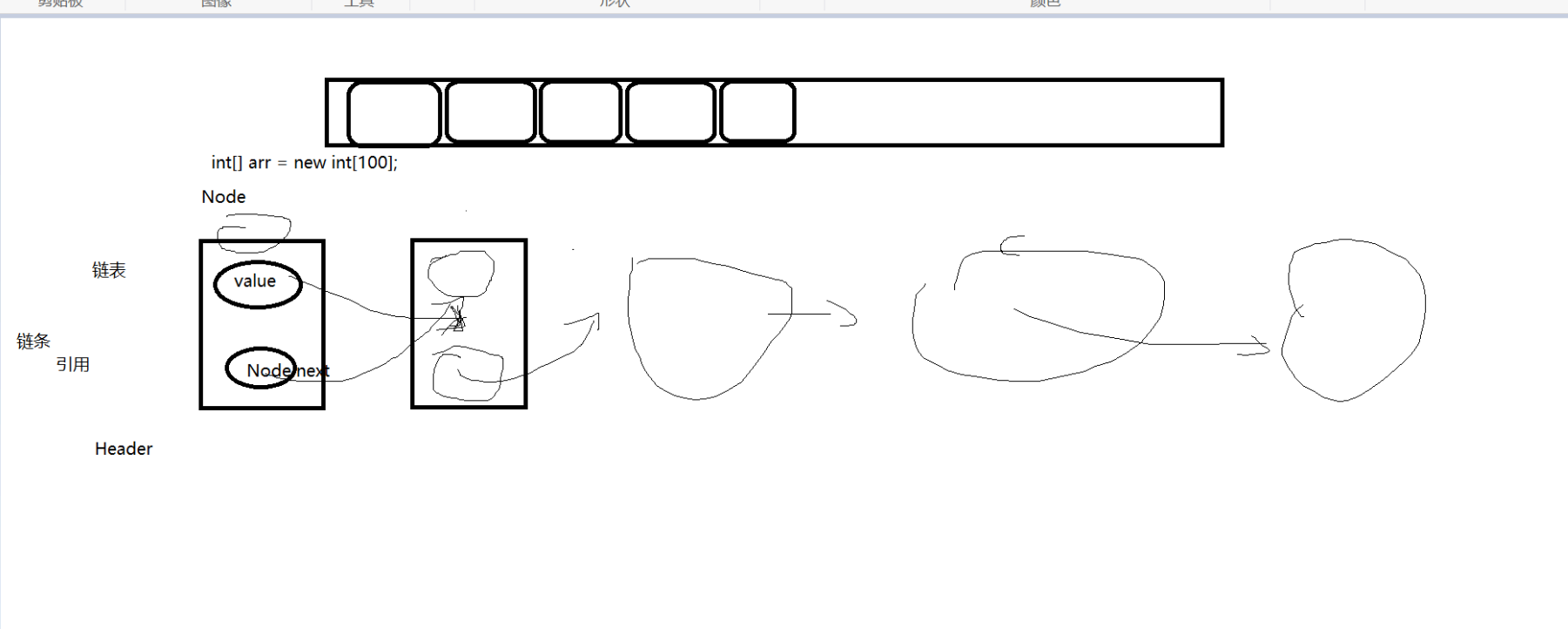每日心得:
老师继上次的集合Collection又讲了链表,还有set,Map,虽说东西不多,但听得一脸懵逼,这两东西还是比较难的,特别是老师去重写linkedlist,还有讲Map类时,跳来跳去,有点缓不过来。。
Collection接口:
1、List:
ArrayList,有序的集合,与数组类似,所以也与数组一样(数组访问任意一个时间一样,但长度固定,需要数组复制进行扩容,会占用浪费内存,更新性能较慢)。(为什么不用ArrayLIst)List list = new ArrayList();父类的引用指向子类的实例,为了实现多态,为了有必要时将后方的ArrayList()进行替换(面向接口编程),只是这样没法使用ArrayList中特有的方法。一些方法:add(),直接传值可以在最后插值,size(),remove(){若传入的对象在集合里有多个,则只移除第一个},若要移除多个可使用removeIf(),不过里面得放匿名方法,老师写了一个:

get()-->与数组中的[]类似,根据索引取值,contains()是否包含。此外,老师还讲了一种增强for循环,可以减少遍历元素的代码,我还从另一篇文章上查到了for循环与增强for循环的区别,“https://www.cnblogs.com/XiaojianGo/p/7471860.html”这文章中介绍的很清楚,增强for循环也称foreach循环,只能用来遍历,无法作添加修改等其他动作。foreach循环可以对多种类型进行遍历,但里面的实现该功能的代码会不同。
LinkedList,链表(类似自行车的链条),通过加入引用节点,往前或者往后,如果遍历找一个元素会根据首节点一个一个找,所以遍历的性能不如ArrayList,但可以随时更新,没有复制和扩容的问题,所以更新的性能更好。链表分为,单向,双向,环形链表(最后一个节点指向头),双向链表-->为了遍历时的效率,只查一半(移位运算:右移除2,左移除2),为了提高性能可以将linkedlisk,arraylist进行组装成一个大的list,将大的数据拆开,最后组装,数据分区分表。
Vector,与ArrayList类似,添加了一个同步的方法,与线程相关。
2、Set(无set,get方法,因为这个方法需要有序的,Collection也没有)
里面存的是不重复的元素,无序的,没有索引能使用增强for循环,但与之前list的实现方式不一样,虽然语法一样。
SortedSet接口-->有顺序的-->实现类:TreeSet(跟树型结构有关);HashSet类-->无序的。
Map(映射)接口,与数据库的表类似,键值对通过key取值,value,key可以快速找到对应的值,定位value所在的位置。.get(key)取得value。
HashMap(无序的)头插法-->循环引用,put(key,value)value可以为数值,类等,若给值时,key相同,后面的会覆盖前面一个,因为key是唯一标识符,当key是自定义的类时,必须重写hashcode方法;equals值相等的两个类,hashcode方法必须一致,equals不同的,他们hashcode可以相等,也可以不相等。resize方法在jdk1.6有缺陷,TreeMap(有序的)。因为没听太明白,所以也写不出多少。
下面是一些老师画的结构图:
hashmap



课后,还有一个作业,写一个自己的MyLinkedList,我好像没写完整:
public class MyLinkedList { static int count; static MyNode header; public MyLinkedList(){ header=null; count=0; } public int size(){ return count; } public Object get(int index){ if(index<0||index>=count){ throw new IndexOutOfBoundsException("index"+index); } if(index==0){ return header.value; } MyNode temp=header; for(int i=0;i<index;i++){ temp=temp.next; } return temp.value; } public void add(Object value){ if(null==header){ header=new MyNode(); header.setValue(value); }else{ MyNode temp=header; while(temp.next!=null){ temp=temp.next; } MyNode last = new MyNode(); last.setValue(value); temp.setNext(last); } count++; } public void remove(int index){ if(index<0||index>=count){ throw new IndexOutOfBoundsException("index"+index); } if(index==0){ header=header.next; } MyNode temp=header; MyNode prev=header; for(int i=0;i<index;i++){ prev=temp; temp=temp.next; } prev.next=temp.next; count--; } public void set(int index,Object value){ if(index<0||index>=count){ throw new IndexOutOfBoundsException("index"+index); } if(index==0){ header.setValue(value); } MyNode temp=header; for(int i=0;i<index;i++){ temp=temp.next; } temp.setValue(value); } public int indexOf(Object value){ for(int i=0;i<count;i++){ if(null==value){ if(value==get(i)){ return i; } }else if(value.equals(get(i))){ return i; } } return -1; } public int lastindexOf(Object value){ for(int i=count;i>0;i--){ if(null==value){ if(value==get(i)){ return i; } }else if(value.equals(get(i))){ return i; } } return -1; } static class MyNode{ private MyNode prey; private Object value; private MyNode next; public MyNode getPrey() { return prey; } public void setPrey(MyNode prey) { this.prey = prey; } public Object getValue() { return value; } public void setValue(Object value) { this.value = value; } public MyNode getNext() { return next; } public void setNext(MyNode next) { this.next = next; } } }